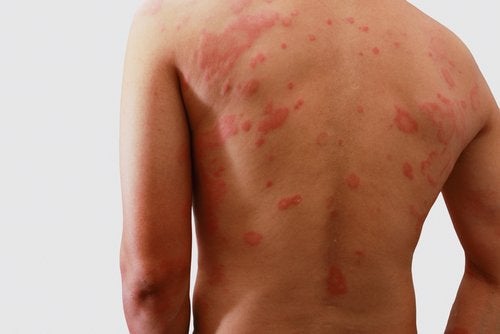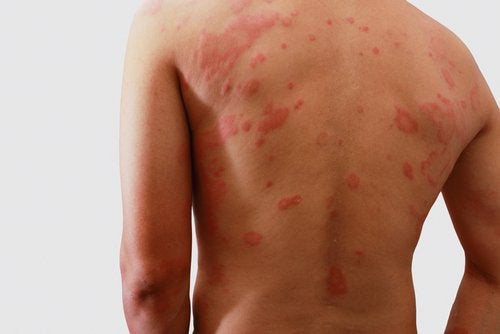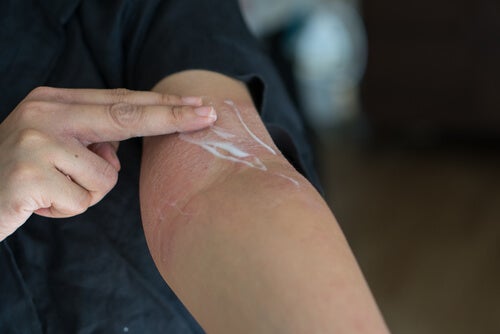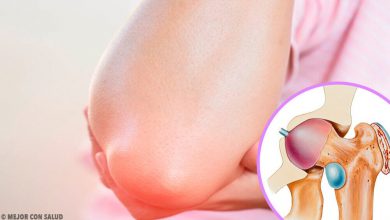Butterfly Skin, Extreme Skin Fragility

Butterfly skin is a serious and rare disease, affecting between 15 and 19 children per million live births. The medical name for this condition is ‘epidermolysis bullosa’ and it is characterized by extreme fragility of the skin.
It is estimated that one in every 227 people is a carrier of the disease, without knowing it. Butterfly skin is a pathology of genetic origin, which is detected at birth and is incurable. It is impossible to know if a child has it until the moment of delivery.
Butterfly skin is a painful and limiting disease, both for the sufferer and for those who are in their care. It causes wounds that can affect up to 80% of the body and cause a lot of pain. The pathology is chronic, but not contagious or infectious.
What is butterfly skin

When talking about butterfly skin, in reality, it is referring not to one, but to a group of skin diseases of genetic origin. The main characteristic of all of them is that the skin is as fragile as the wings of a butterfly. This causes wounds or blisters to occur with just a slight touch, or even spontaneously.
This disease not only affects the skin, but also the mucous membranes, tissues of the digestive tract and eyes, mouth, etc. For this reason, it is very common for affected people to present other manifestations associated with the disease, such as heart disease, esophageal narrowing or kidney failure.
People with butterfly skin not only suffer injuries to their skin, but also to their internal organs. It can happen, for example, that a piece of food causes damage to the mouth or esophagus. It is common for them to also have syndactyly or fusion of the fingers and toes.
In most cases, people with this pathology die during the second decade of life, mainly because they develop skin cancer. The more severe the case, the worse the prognosis. Currently, a stem cell treatment is being experimented with.
Types
There are at least 30 subtypes of epidermolysis bullosa. In all cases, the disease occurs because skin proteins do not work properly and this makes the skin not resistant to friction and shock. Colloquially, it is said that this type of skin lacks ‘glue’ that allows its different layers to join.
The various types of butterfly skin can be grouped into three categories:
- Simplex : wounds occur in the epidermis, which is the most superficial layer of the skin. In these cases, the blisters heal and there is no loss of tissue.
- Junctional : affects the area between the outer and inner layers of the skin. It is the rarest form and has very varied levels of severity.
- Dystrophic – Lesions occur in the dermis, which is the deepest layer of the skin. The wounds can affect the joints and, in some cases, can limit movement.
Care and treatment

People with butterfly skin need ongoing care and assistance. Basically, they require nurses and physical therapists. Nursing care is necessary to treat and heal the constant wounds and blisters; physical therapy is required to delay complications that often arise over time.
A patient with this pathology needs to keep the skin and mucous membranes well hydrated and avoid sudden changes in temperature. Many times, they must have a bland diet, very rich in fiber and fluids. Likewise, they require special clothing and footwear, which do not cause them harm.
Treatment usually includes a psychologist and a social worker. It is necessary to train the parents or the person in charge to take the precautions and provide the care that this condition requires. Also, so that you can adequately cope with the impact of such a difficult disease.
Currently, there are several organizations in the world that fight so that health systems respond in a more adequate way to the needs of these patients. In particular, it is sought that they can have home care and support measures to increase their social integration.









